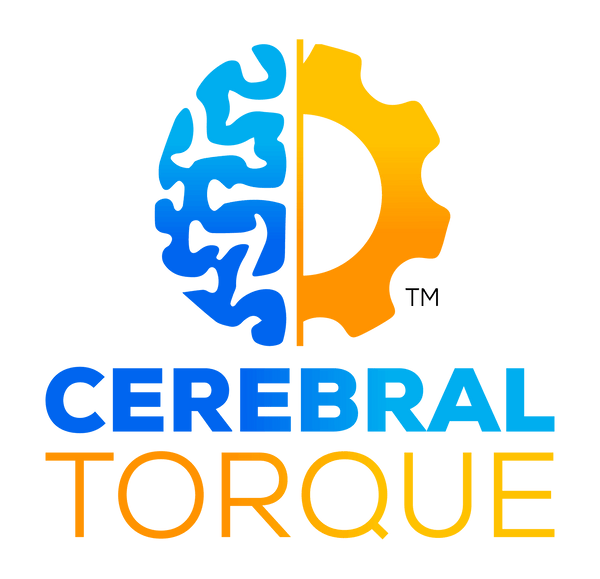
Placebo vs Nocebo Effect on Migraine Treatment
Cerebral TorqueShare
| Category | Placebo Effect | Nocebo Effect |
|---|---|---|
| Definition | An inactive treatment that leads to improvement in migraine due to positive patient expectations. | A treatment (inactive or active) that leads to worsening of migraine or the presence of adverse effects due to negative patient expectations. |
| Incidence in clinical trials | Up to 32.4% for acute treatments Up to 30.4% for preventives |
Up to 18.4% for acute treatments Up to 47% for preventives |
| Enhancing Factors | Positive doctor-patient relationship, parenteral route (especially surgery), specific drug mechanisms, branding/marketing, prior positive experiences. | Psychiatric comorbidities, chronic migraine, prior treatment failures, generic medications, observation of side effects in others. |
| Psychological Basis | Expectation of benefit, motivation, and reward circuits. | Expectation of harm, fear, and avoidance circuits. |
| Physiological Basis | Activation of descending pain pathways and dopamine reward circuits in the brain. | Increased activity in brain regions processing fear, anxiety and pain sensations. |
| Clinical Importance | Maximizing placebo can improve patient outcomes and treatment effectiveness. | Minimizing nocebo can improve patient outcomes and treatment compliance. |
| Modifiability | Can be enhanced through empathy, reassurance, positive framing by healthcare providers. | Can be minimized through empathy, reassurance about side effects, careful adverse event reporting. |



